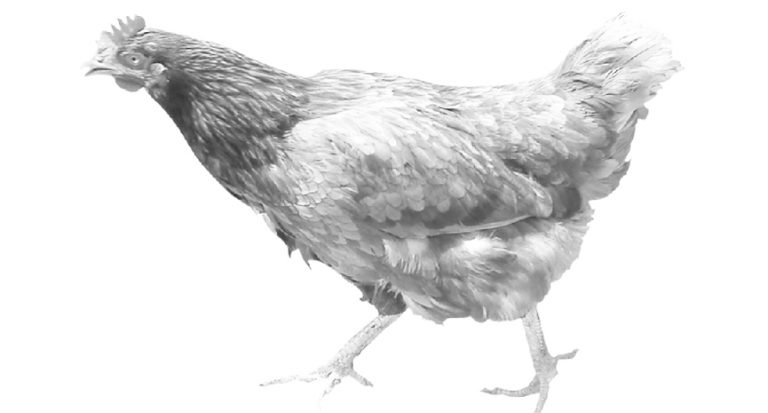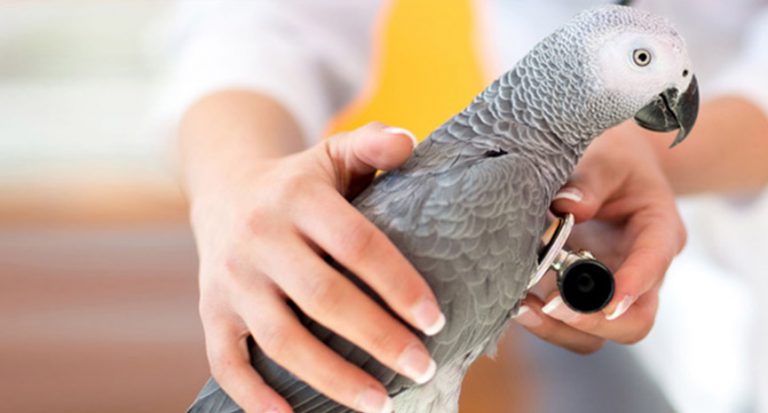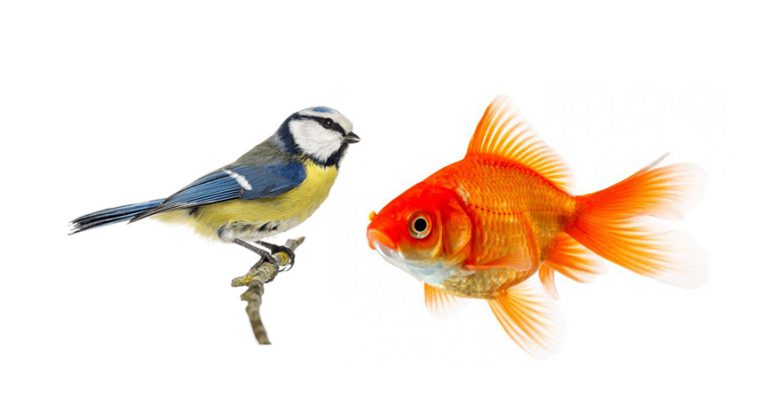Training pet parrots has benefits that extend well beyond the entertainment value of a parrot that can talk and do tricks. Training will strengthen the bond you have with your parrot. In addition, teaching some simple commands will make handling your parrot easier. The key to training your parrot is to keep the interaction positive.
Three concepts provide the basis for parrot training:
- Parrot does something good–give a reward
- Parrot does something undesirable–ignore it
- Never punish your parrot
Obviously, this is a bit simplistic, but your goal is to shape your bird’s behavior into what you want by a giving a reward for good things and ignoring (no reward, no reaction) for bad things. The reward can be a favorite food treat or simple praise. If your bird is doing something undesirable, you must simply ignore the bird (your bird will not respond to punishment). A negative reaction can turn into a reward if your bird is looking for attention (negative attention is better than no attention), so you must be careful not to unintentionally cause some undesirable behaviors to increase due to your reaction. Ignoring behavior might first cause it to intensify, but eventually the undesirable behavior will most likely stop.
How you approach training can help keep training positive:
- Train only when you are relaxed. Positive training does take patience!
- Pick a time when your bird is attentive and not distracted by eating, preening, or household activity.
- Frequent, but short, training sessions are generally more effective.
- Once your bird catches on to something, don’t give a treat every time or your bird may only do the behavior if he/she knows you have a treat handy.
Very Basic Training: Step Up & Step Down
If you had to choose only two things to teach your parrot, these would be the ones to pick. This means training your parrot to step up onto your finger or wrist (or hand-held perch) on command, and then step back off again. These are relatively easy and extremely important skills to teach. Stepping up is quite a natural movement for a bird so it is generally easy to train this on command (stepping down is a bit trickier to teach). Getting your bird to step up and step down on command makes handling much easier and helps you to set some boundaries for your bird (for example, you can more easily remove your bird from areas of you home that are not bird-proofed, return a bird back to his or her playgym or cage, etc.).
If you have a baby bird, he or she is probably pretty cooperative but starting early with the step up and step down commands is still a good idea. Not only does training a cooperative baby allows you to give lots of positive reinforcement, it sets a good foundation for training more skills to your bird in the future.
Clicker Training
In clicker training, a parrot is taught to associate a click with receiving a reward and is a particularly popular form of positive reinforcement training.
The click noise can be used to mark the instant a parrot does the desired behavior, making for more efficient training.
Counter-conditioning
Counter-conditioning is the process of altering a parrot’s behavior to a stimulus by altering the consequence from aversive to positive. If a parrot bites an approaching hand in self-defense, the biting behavior can be counter-conditioned by supplementing the approaching hand with positive reinforcement. Instead of biting, the parrot will learn to accept the approaching hand because it is coupled with positive reinforcement.





